Hawks are strong, fast birds known for their sharp eyes and flying power. They are expert hunters, able to spot prey from far in the sky. Hawks play an important role in nature by keeping rodent and insect numbers low.
Scientific Classification
-
Kingdom: Animalia
-
Phylum: Chordata
-
Class: Aves
-
Order: Accipitriformes
-
Family: Accipitridae
Common Names
-
Hawk
-
Red-tailed Hawk
-
Sparrowhawk
-
Goshawk
-
Buzzard (in some places)
Geographic Distribution
Hawks live in every part of the world, except Antarctica.
They are found in:
-
Forests
-
Grasslands and savannahs
-
Mountains
-
Cities and farms (especially in open skies)
 Image showing a Hawk perched on a tree branch (Source: Wildlife Explained)
Image showing a Hawk perched on a tree branch (Source: Wildlife Explained)
Physical Characteristics
-
Size: 30–60 cm tall
-
Wingspan: Up to 1.2 meters (depending on species)
-
Weight: 500 g to 2 kg
-
Eyes: Very sharp vision — 8x better than humans
-
Beak: Hooked and strong for tearing meat
-
Feet (Talons): Very powerful for grabbing prey
Common species of Hawks
1. Red-Tailed Hawk
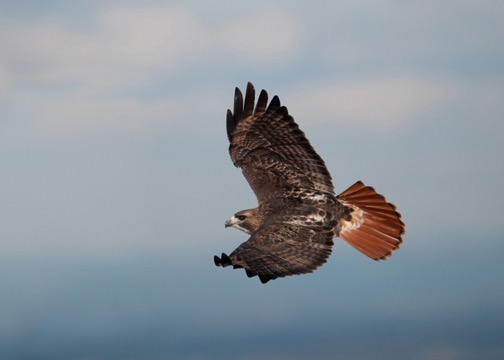 Image showing a Red-tailed hawk in flight showing reddish tail feathers (Source: Loudoun Wildlife Conservancy)
Image showing a Red-tailed hawk in flight showing reddish tail feathers (Source: Loudoun Wildlife Conservancy)
Key Facts:
-
Found in North America
-
Broad wings and short tail
-
Hunts small animals like mice and snakes
-
Loud, raspy call often used in movies
2. Sparrowhawk
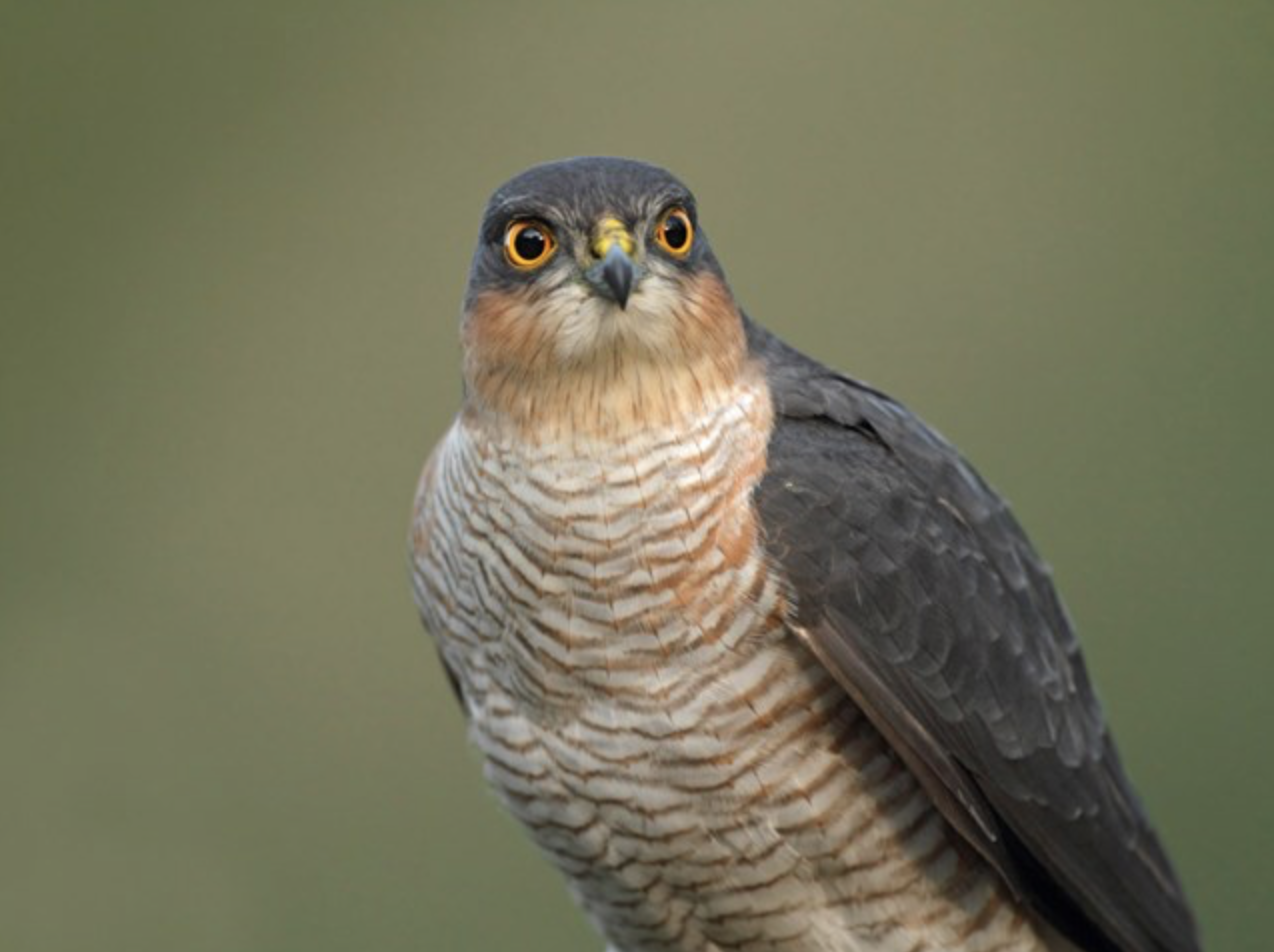
Key Facts:
-
Found in Europe and Asia
-
Smaller in size
-
Fast flier, chases birds in mid-air
-
Yellow eyes and barred chest
3. Goshawk
 Image showing a Northern Goshawk standing on rock (Source: Bed Bath & Beyond)
Image showing a Northern Goshawk standing on rock (Source: Bed Bath & Beyond)
Key Facts:
-
Larger than sparrowhawks
-
Powerful and aggressive
-
Found in forests of Europe, Asia, and North America
-
Used in falconry (bird training for hunting)
What do Hawks eat?
Hawks are carnivores, which means they eat meat.
-
Small birds
-
Mice and rats
-
Lizards and snakes
-
Frogs and insects
-
Sometimes fish
They swoop down silently and grab prey with their strong claws.
Fun facts about Hawks
-
Hawks can see small prey from over a kilometer away.
-
They can dive at speeds up to 190 km/h.
-
Some hawks mate for life and return to the same nest every year.
-
Baby hawks are called eyasses.
-
In many cultures, hawks represent vision, power, and focus.
Importance to Humans
Positive Roles:
-
Control pests like rats and locusts
-
Inspire humans with their strength and grace
-
Used in falconry and birdwatching
Challenges:
-
May take small livestock like chicks
-
Get harmed by power lines or pollution
Many farmers see hawks as natural pest control partners.
Health & common issues
Wild hawks don’t often visit vet clinics, but rescued or captive hawks need:
Health Needs:
-
Safe, large aviary for flying
-
Proper meat-based diet
-
Routine checks for parasites
-
Beak and talon trimming (if captive)
Common Issues:
-
Wing injuries (from cars, wires, or hunting)
-
Lead poisoning (from eating shot prey)
-
Starvation or dehydration in drought seasons
Conservation Status
Most hawk species are not endangered, but some, like the Ridgway’s Hawk, are at risk.
Threats include:
-
Habitat loss
-
Poisoned prey
-
Human conflict and hunting
Conservation groups work to protect their nests and stop illegal shooting.
Hawk vs Falcon
| Feature | Hawk | Falcon |
|---|---|---|
| Wings | Broad and rounded | Long and pointed |
| Beak Shape | Simple curve | Has a “tooth-like” notch |
| Flight Style | Soaring and gliding | Fast dives and sharp turns |
| Size | Often larger | Usually smaller |
Hawks are more than just birds of prey. They are smart, powerful, and play a key role in nature. From keeping pests in check to inspiring humans with their strength, hawks are one of the skies’ most respected animals.
 Image showing a Hawk spreading wings on a tree branch (Source: Spark Lark)
Image showing a Hawk spreading wings on a tree branch (Source: Spark Lark)
In case you need wildlife advice or care for rescued birds, you can visit us at Doctor Hulk Veterinary Hospital for expert care in exotic and wild species. You can call 08143397614.








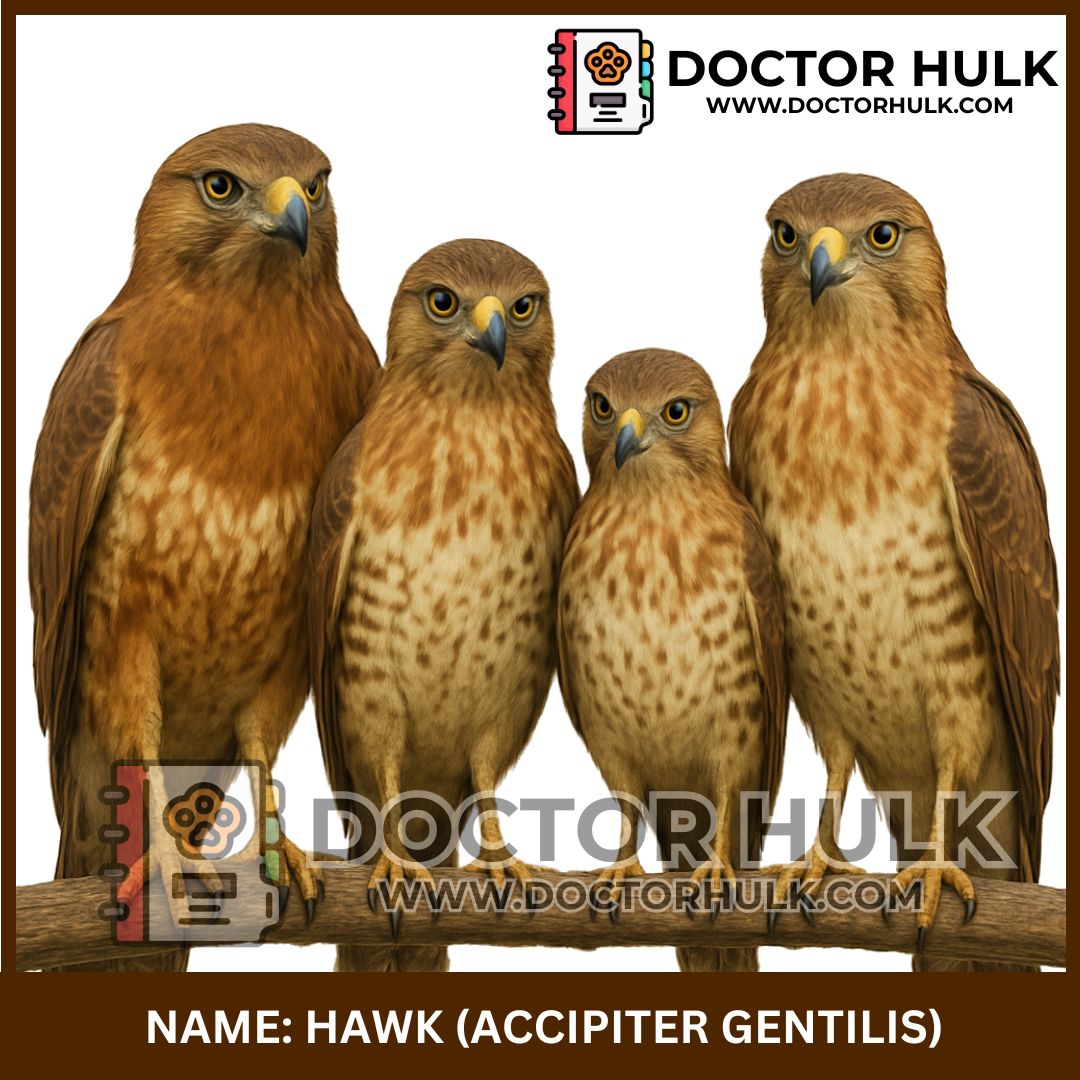
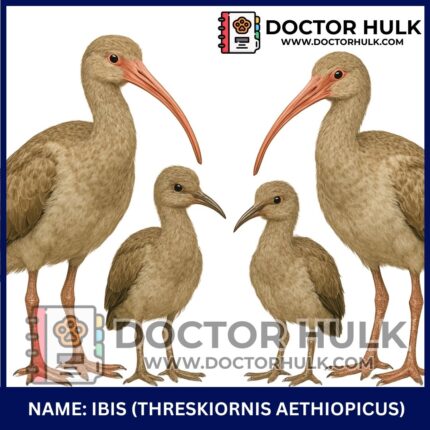



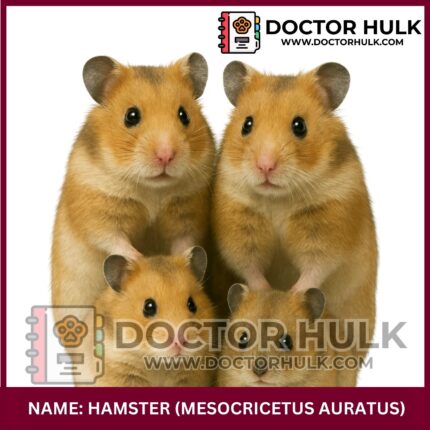




Reviews
There are no reviews yet.